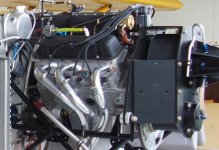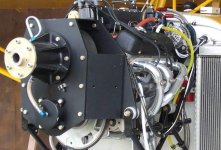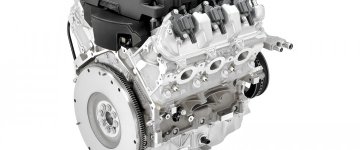All - has anyone looked at or actually installed one of these engines - its from a Veloce airplane web site
https://aerovolare.com/intro/
Would like to know if anyone has an opinion - it may help us considering the current delays with the Lycoming suite of engines
Thoughts ?

https://aerovolare.com/intro/
Would like to know if anyone has an opinion - it may help us considering the current delays with the Lycoming suite of engines
Thoughts ?







